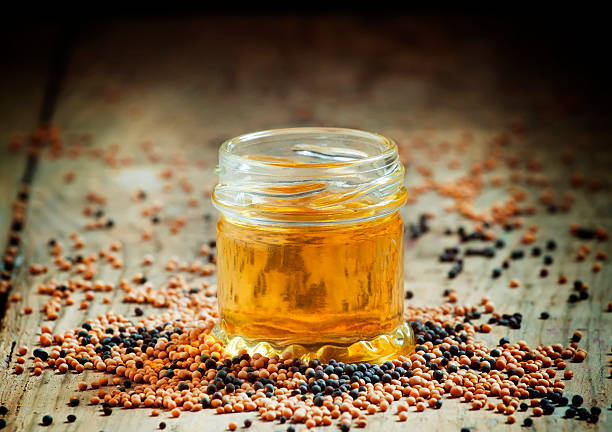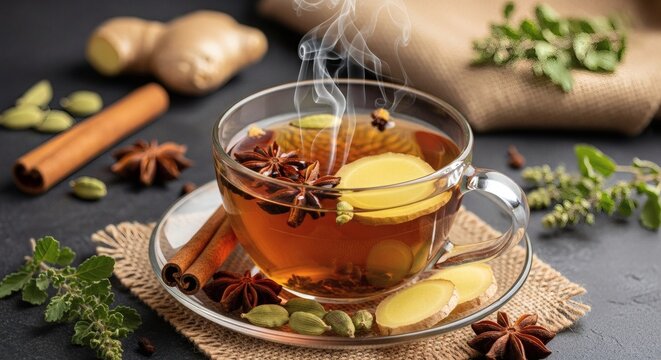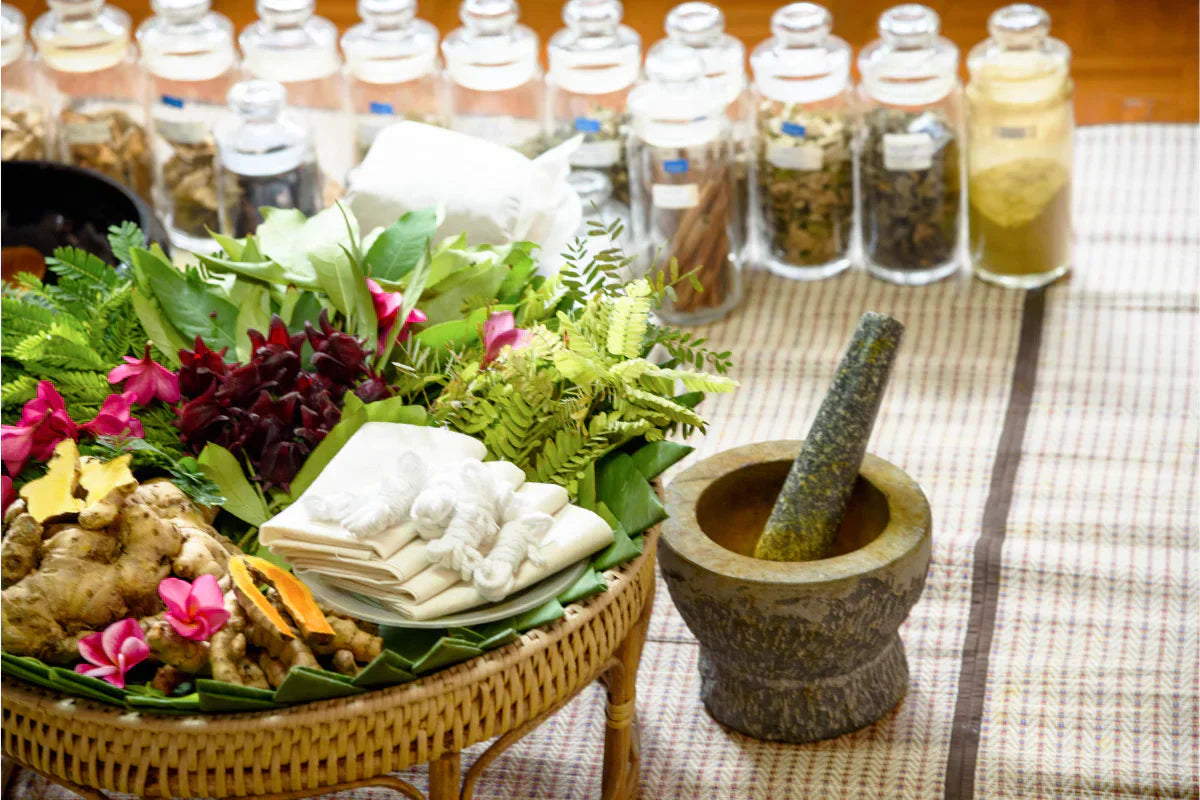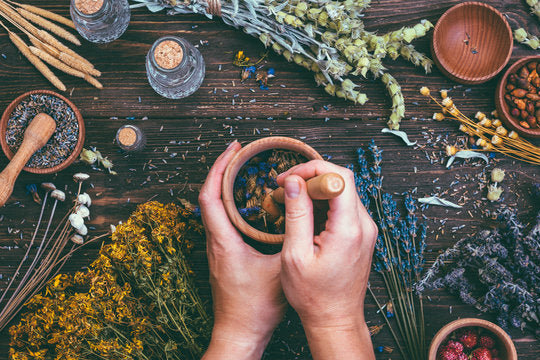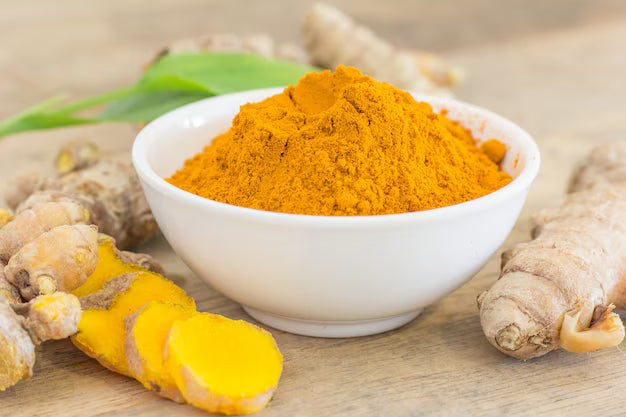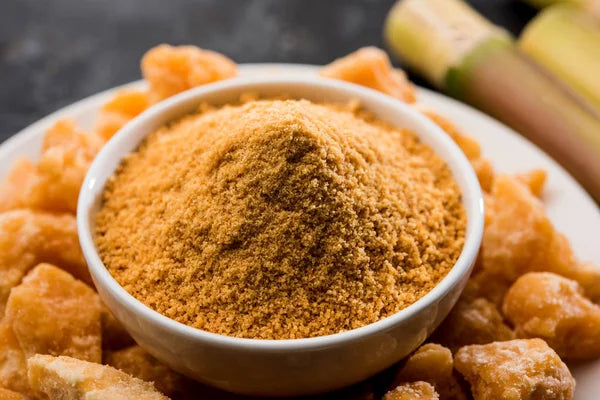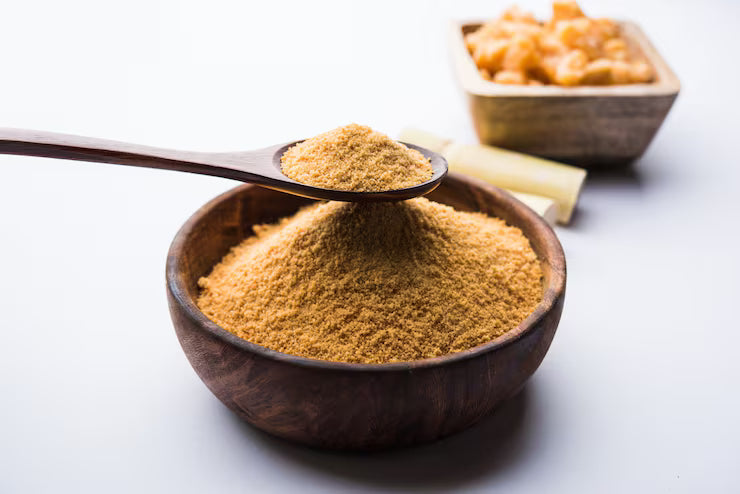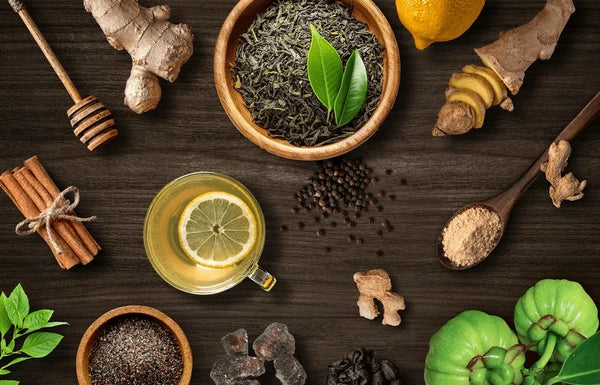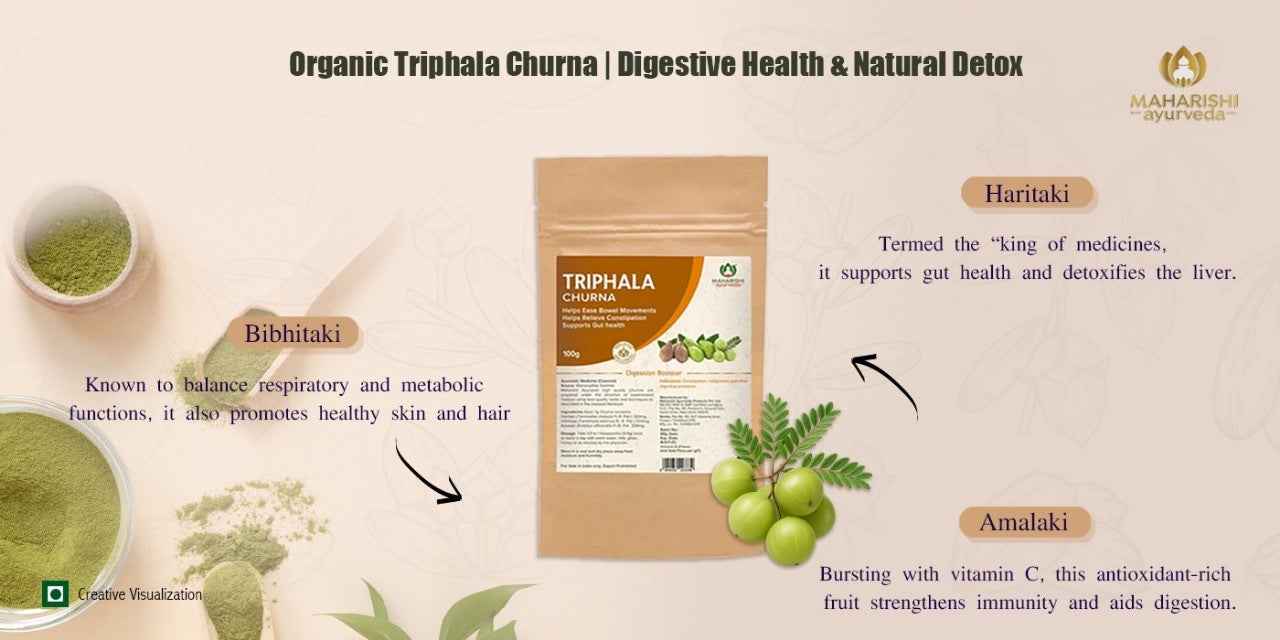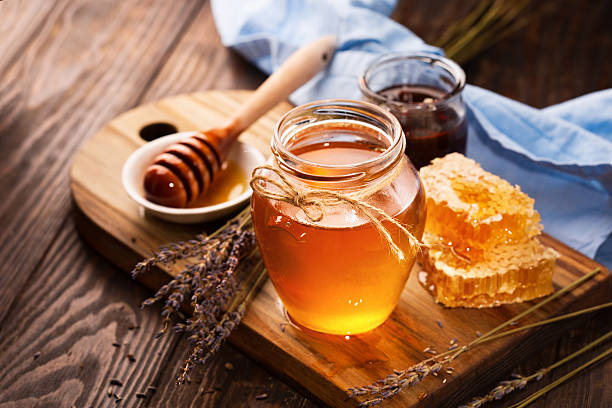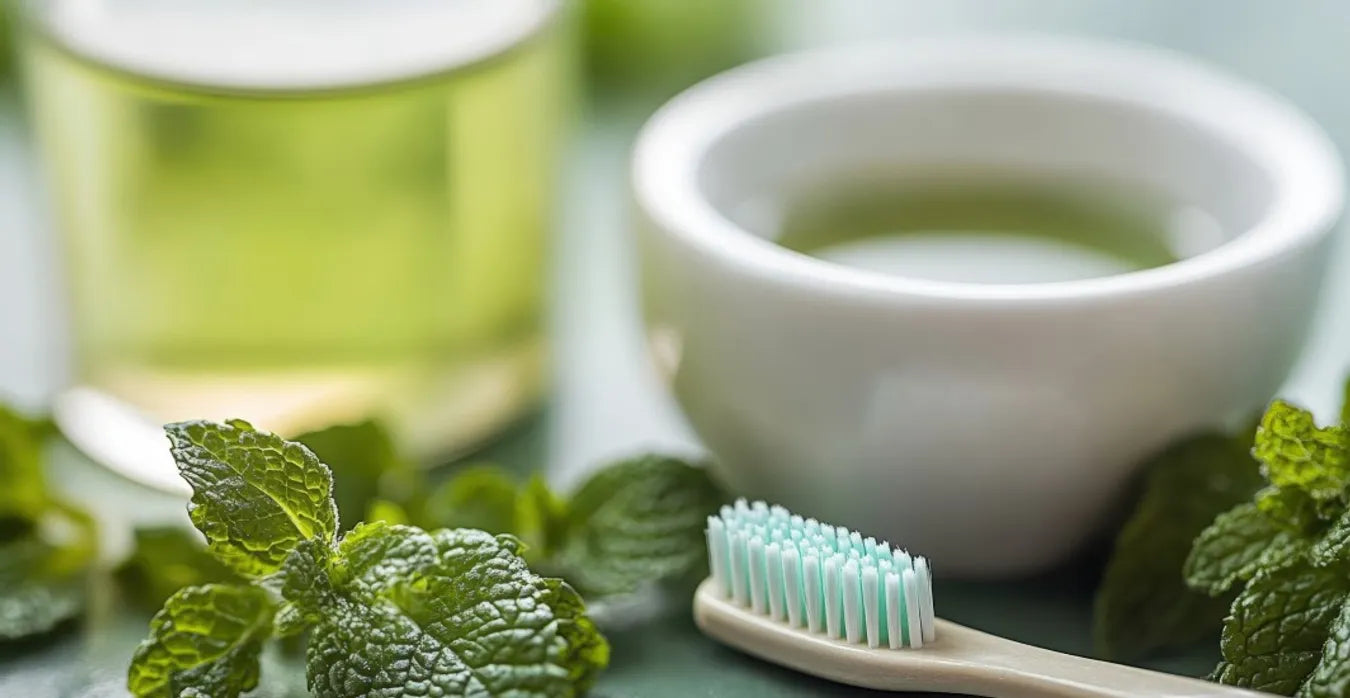Managing Diabetes Naturally with Ayurveda: Herbs, Lifestyle & Remedies
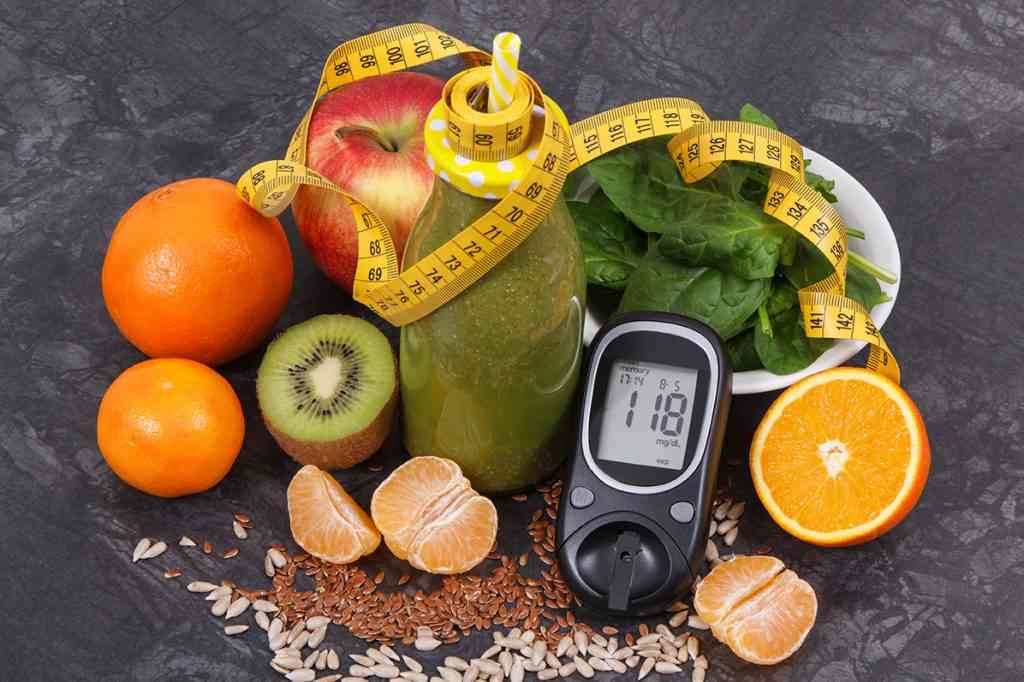
Understanding Diabetes in Ayurveda (Madhumeha)
In Ayurveda, diabetes mellitus is known as Madhumeha, a subtype of Prameha, a group of urinary and metabolic disorders described in classical texts like Charaka Samhita and Sushruta Samhita. The hallmark features are Prabhootha Mutrata (excessive urination) and Avila Mutrata (turbid urine).
Ayurveda considers Madhumeha as arising from dosha imbalance, primarily Kapha and Vata, along with vitiation of Medo Dhatu (fat tissue) and depletion of Ojas (vital energy). The root causes include impaired Agni (digestive fire), formation of Ama (toxic residue), and obstruction in bodily channels (srotas), leading to insulin resistance, poor sugar metabolism, and fatigue.
TL;DR – Diabetes in Ayurveda (Madhumeha)
- Root Cause: Madhumeha results from Kapha–Vata imbalance, poor Agni (digestion), and Ama (toxins) blocking the body’s metabolic channels.
- Ayurvedic Approach: Focuses on detoxification, balancing doshas, enhancing Agni, and rejuvenating tissues with Rasayana therapy.
- Diet & Lifestyle: Favors light, Kapha-reducing foods like barley, bitter gourd, and pulses; daily yoga, walks, and early meals help maintain balance.
- Key Herbs & Remedies: Gudmar, Giloy, Amla, Shilajit, Vijaysar, and Triphala support sugar balance and pancreatic function naturally.
- Recommended Supplement: Glucomap by Maharishi Ayurveda is a clinically tested, multi-herb Ayurvedic formulation for natural blood sugar management.
- Long-Term Goal: Sustainable sugar control through improved metabolism, restored Ojas (vitality), and balanced Dhatus (tissues) — not just symptom relief.
What Causes Madhumeha or Diabetes?
-
Sedentary lifestyle, excessive rest, and daytime sleeping
-
Overeating heavy, oily, and sweet foods (Guru Ahara)
-
Excessive intake of milk, curd, fish, and freshly harvested grains
-
Cold food and drinks are taken habitually
-
Stress, irregular sleep, and Kapha-aggravating habits
What is Prameha & its Connection to Diabetes?
In Ayurveda, prameha refers to urinary and metabolic disorders. A subtype of the condition is vataja prameha or diabetes, which occurs when prameha reaches an advanced state. Prameha may be hereditary or acquired due to poor lifestyle habits. The condition is generally seen to manifest in obese body types. Ayurveda also holds that the condition may occur due to the dominance of certain dosha subtypes.
Check out how to Reverse Diabetes Naturally—->
Manage Blood Sugar: The Ayurvedic Way
According to Ayurveda, managing Madhumeha (diabetes) is not limited to controlling blood sugar levels; it focuses on correcting doshic imbalances, improving Agni (digestive fire), eliminating Ama (toxins), and rejuvenating the Dhatus (tissues). Treatment integrates Rasayana therapy, pathya-ahara (wholesome diet), vihara (lifestyle), and yoga to achieve long-term balance.
1. Rasayana Therapy
Acharya Vagbhata has described Rasayana therapy as an essential component in the management of Prameha. Rejuvenative herbs and minerals such as Shilajita, Swarnamakshika, Rajatmakshika, and Tuvaraka are indicated for strengthening metabolism, improving tissue nourishment, and preventing diabetic complications.
Because Prameha involves almost all the Dhatus (except Asthi) and Ojas, continuous use of Pathya (wholesome regimen) and Rasayana is crucial to minimize complications.
2. Diet (Āhāra)
Diet plays a central role in regulating blood sugar and preventing complications. Foods are selected to balance Kapha and Medas, stimulate Agni, and avoid further Ama formation.
Recommended Food Groups:
-
Cereals (Śūkadhānya): Jeerna Shali (old rice), Shashlika, Kodrava, Yava (barley), Godhuma (wheat), Shyamaka.
-
Pulses (Śimbidhānya): Chanaka (Bengal gram), Adhaki (pigeon pea), Kulatha (horse gram), Mudga (green gram).
-
Vegetables (Śāka Varga): Bitter and astringent leafy greens such as Patola (pointed gourd), Karavellaka (bitter gourd), Shigru (drumstick).
-
Fruits (Phala Varga): Jambu (jamun), Dadima (pomegranate), Amalaki (Indian gooseberry), Kapittha (wood apple), Tinduka, Kharjur (dates in moderation), Kalinga (watermelon).
-
Meat (Mamsa Varga): Light, dry meats of Jangala animals and birds like Vishkira, Pratuda.
-
Oils (Taila Varga): Danti, Ingudi, Sarshapa (mustard), Atasi (flaxseed).
-
Water (Udaka Varga): Sarodaka, Kushodaka, Madhudaka (water mixed with honey).
-
Prepared foods (Kritanna Varga): Light meals like Saktu, Yavodana, Yusha.
-
Others: Madhu (honey), Hingu (asafoetida), Saindhava (rock salt), Maricha (black pepper), Lasuna (garlic).
Ayurveda recommends starting with light meals (Laghu Ahara) and gradually increasing quantity according to Agni status. Monitoring digestion and metabolism is essential since diabetes originates from Agni mandya (low digestive fire).
3. Lifestyle and Exercise (Vihāra)
Ayurveda recommends focused and enhanced physical activities for diabetics to tackle the accumulated fat tissue and pacify Kapha. Martial arts, strenuous sports, horse riding, and brisk walking are some activities suggested, depending on individual conditions.
Add ‘dry’ foods such as ancient grains like millet, and nutrient-packed fruits such as amla to your daily diet. Avoid naturally greasy foods. Lead a disciplined life and control excesses.
Maintain personal hygiene and apply healing pastes made of aromatic herbs such as Ushira, Twak, Ela, Aguru, and Chandana to your body – this helps prevent prameha.
4. Yoga and Pranayama
Yoga enhances metabolic activity and supports insulin sensitivity.
Recommended practices include:
-
Asanas: Paschimottanasana, Kurmasana, Halasana, Mayurasana, Surya Namaskara
-
Pranayama: Bhastrika
Regular practice of yoga helps improve digestion, metabolism, and mental balance, key factors in diabetes control.
5. Ayurvedic Herbal Remedies
Several single herbs and formulations are described for regulating blood sugar:
-
Bhumyamalaki juice with black pepper powder for chronic cases
-
A decoction made from Haridra, Daruharidra, Triphala, and Yava, soaked overnight and taken with honey in the morning, helps eliminate Prameha from the root.
Key Ayurvedic Herbs for Diabetes Support
1. Gudmar (Gymnema sylvestre – Madhunashini)
The word literally means ‘destroyer of sweetness’. The herb supports healthy insulin secretion, helps regenerate pancreatic beta cells, and enhances glucose utilisation.
It also acts as a mild diuretic and supports lipid metabolism.
Ayurvedic action: Kaphahara, Medohara
2. Giloy (Tinospora cordifolia – Amrita)
One of the most powerful anti-inflammatory and antioxidant herbs, Giloy helps balance blood sugar by improving insulin sensitivity and reducing oxidative stress. It is often combined with Amla and honey for effective prameha management.
Ayurvedic action: Kaphapittahara, Lekhana
3. Amalaki (Indian Gooseberry – Emblica officinalis)
Rich in Vitamin C and rejuvenating properties, the fruit strengthens the liver and pancreas while promoting healthy glucose metabolism. It enhances ojas and acts as a rasayana, reducing diabetic fatigue and debility.
Ayurvedic action: Tridoshahara, Rasayana
4. Shilajit (Mineral Pitch)
Mentioned by Acharya Vagbhata as a key rasayana for prameha, the naturally occurring resin enhances cellular energy, improves glucose metabolism, and strengthens tissue regeneration. It also acts as a powerful adaptogen and rejuvenator, combating diabetic weakness.
Read the complete guide to Shilajit Benefits–>
Ayurvedic action: Kapavata Shamaka,medohar Rasayana, Yogavahi
5. Bhumi amla (Phyllanthus niruri)
This herb is known to help in liver detoxification and metabolic regulation. It also aids in lowering blood glucose and supporting digestion, and is useful in chronic and resistant forms of prameha.
Ayurvedic action: Pittahara, Deepana, Pachan
6. Vijaysar (Pterocarpus marsupium)
This is a classical wood that helps tackle diabetes. Drinking water stored in Vijaysar cups helps regenerate pancreatic beta cells and stabilise postprandial glucose levels. It also supports lipid metabolism and weight control.
Ayurvedic action: Kaphahara, Medohara, Pramehahara
7. Neem (Azadirachta indica)
Known for its strong detoxifying and purifying effects, Neem helps reduce excess sugar and fat accumulation in tissues, and supports healthy digestion and liver function.
Ayurvedic action: Tikta Rasa Pradhana, Kapha-Pitta Shamaka, Kleda-Nashaka
8. Triphala (Blend of Amalaki, Haritaki, Bibhitaki)
This classic Ayurvedic formulation balances doshas and promotes digestive and metabolic health. It also enhances nutrient assimilation and helps in mild detoxification. Regular use supports bowel health and glucose regulation.
Ayurvedic action: Deepana, Pachan, Rasayana, Pramehahara
9. Daruharidra (Berberis aristata)
This is a bitter tonic with strong anti-diabetic and liver-protective properties. It helps improve insulin response and supports bile secretion for better fat metabolism. It is commonly used with Haridra and Triphala for comprehensive diabetes care.
Ayurvedic action: Tikta Rasa, Kapha-Pitta Shamaka, stimulates liver
Home Remedies to Control Sugar
-
Soak 2 tsp of methi seeds overnight – in the morning, drink the water and chew the seeds on an empty stomach.
-
Mix 1 tsp amla powder and ¼ tsp haldi in a glass of warm water and drink up.
-
Have 2 tsp karela juice on an empty stomach daily - this helps manage blood sugar.
-
Have the fresh extract of about 7-8 kundru (ivy gourd) leaves, good for sugar control.
-
Replace your regular wheat flour (atta) with barley flour.
Maharishi Ayurveda Herbal Formulations for Diabetes Care
-
Glucomap Tablets: Clinically tested, supports sugar control, restores pancreatic health, reduces HbA1c. Contains 25 synergistic herbs, including Shilajit processed with Salsaradi Gana.
-
Amrit Kalash (MAK): A Rasayana that restores Ojas and prevents complications.
-
Giloy Satva: Strengthens immunity and metabolism.
Can Ayurveda Cure Diabetes Permanently?
Ayurveda teaches that diabetes is a lifestyle disorder (Anushangi Vyadhi). It cannot be “cured” permanently, but it can be managed naturally and effectively with the right combination of:
-
Diet and lifestyle adjustments
-
Herbal medicines and Rasayana therapy
The goal is to improve Agni, restore Ojas, and balance the Dhatus, leading to sustainable sugar control.
When to Consult a Vaidya?
Ayurvedic Warning Signs (Prameha Lakshanas)
-
Prabhootha Mutrata – Excessive urination (polyuria)
-
Avila Mutrata – Turbid or cloudy urine
-
Kara-Pada Daha – Burning sensation in hands and feet
-
Mukha, Talu, Kantha Shosha – Dryness of mouth, palate, and throat
-
Pipasa – Excessive thirst
-
Aalasya – General fatigue and laziness
-
Kaya Malam – Unclean or sticky body feeling
-
Shatpadapipilikabhi-Mutrabhisaranam – Attraction of ants to the urine
-
Gala-Talu Shosha – Dryness in throat
-
Dantadinam Maladhyatam – Coating or sliminess on teeth and gums
Modern Clinical Symptoms
-
Frequent urination (polyuria)
-
Excessive thirst (polydipsia)
-
Increased hunger (polyphagia)
-
Unexplained weight loss
-
Giddiness, weakness, or body ache
-
Numbness or tingling in hands and feet
-
Blurred vision or visual disturbances
If you experience any combination of these symptoms, especially persistent thirst, excessive urination, unexplained fatigue, or weight loss, or if your blood reports show your HbA1c is high, urine shows the presence of sugar, and Blood sugar is also elevated, consult a doctor promptly
Regular monitoring, appropriate diet, and lifestyle management under the guidance of a qualified practitioner can help maintain long-term balance and vitality.
Book a Consultation with Maharishi Ayurveda Experts for personalized diet, lifestyle, and herbal support.
Conclusion
Diabetes management is not about quick fixes but about a sustainable lifestyle shift. Ayurveda provides safe, natural, and time-tested tools from herbs like Gudmar, Giloy, and Jamun to Rasayana therapies, diet, and yoga to restore balance, reduce symptoms, and prevent complications.
Ready to take charge of your health? Explore Maharishi Ayurveda’s Herbal Diabetes Solutions
FAQs
1. Can Ayurvedic remedies support someone already on allopathic medicines for diabetes?
Yes. Ayurveda complements allopathic care by addressing causes via diet, lifestyle, herbs, and exercise. Early stages prioritize modification; chronic or insulin-dependent cases add Rasayanas to stabilize glucose, reduce fluctuations, and complications.
2. How do Ayurvedic Rasayanas help diabetic patients?
Rasayanas counter Ojas depletion in diabetes, rebuilding vitality and tissue strength. Formulations like Amrit Kalash, Shilajit, and Swarnamakshika enhance resilience, metabolism, and recovery, reduce fatigue, weakness, sexual debility, and risk of complications.
3. How does stress affect diabetes according to Ayurveda?
Stress elevates cortisol and adrenaline, raising blood glucose and lowering insulin sensitivity. It disturbs Agni and sleep, aggravates Vata, and drives emotional eating. Yoga, meditation, pranayama, and mindfulness stabilize glucose naturally.
4. Can Ayurvedic herbs reduce sugar cravings?
Yes. Herbs like Gudmar, Fenugreek, Triphala, Amla, and Garcinia balance blood sugar, improve metabolism, reduce cravings, and curb appetite, making them effective for natural diabetes management.
Popular Posts

Ayurvedic Rasayana Therapy vs Modern Allopathy Solutions
15 Dec, 2025Ayurveda and modern allopathy are two scientifically established healthcare systems that share a ...
Read more
बच्चों-बड़ों के लिए आयुर्वेदिक अस्थमा उपचार | Maharishi Ayurveda
11 Dec, 2025अस्थमा को फेफड़ों का रोग या lungs disease कहा जाता है। इस बीमारी में बच्चों और बड़ों के श्वासनली मे...
Read more
Managing Kidney Stones with Ayurveda
11 Dec, 2025Ayurveda believes that by balancing the doshas, detoxifying the body, and strengthening the kidne...
Read more








 Popular Read
Popular Read




























